Grand Dignitaries of the French Empire
The Grand Dignitaries of the French Empire (French: Grands Dignitaires de l'Empire Français) were created in 1804 by the Constitution of the Year XII, which established Napoleon Bonaparte, previously First Consul for Life, as Emperor of the French. The seven Grand Dignitaries broadly paralleled the Great Officers of the Crown which had existed under the Ancien Régime and were essentially honorific, although several limited functions were ascribed to them in the new constitution of the Empire. In the Imperial nobility the Grand Dignitaries ranked in status directly behind the Princes of France, although in practice, most Grand Dignitaries also held the title of Prince.
.svg.png)
In 1807 two new dignitaries were created, a further two in 1809, and another in 1810, raising the final number to twelve. Many of the dignitaries were also members of the Imperial Family, with those that were not being high-ranking figures in the Imperial administration. The Grand Dignitaries were abolished along with the First Empire in 1814 upon the Bourbon Restoration, the Great Officers of the Crown being resurrected, and were not restored under the Second Empire.
Grand Dignitaries of the Empire
Appointed in 1804
- Jean de Cambacérès, Archchancellor of the Empire
- Eugène de Beauharnais, Archchancellor of State
- Charles-François Lebrun, Archtreasurer
- Joseph Bonaparte, Grand Elector
- Louis Bonaparte, Grand Constable
- Joachim Murat, Grand Admiral
Appointed in 1805
- Joseph Fesch, Grand Almoner
Appointed in 1807
- Charles de Talleyrand-Périgord, Vice-Grand Elector
- Louis-Alexandre Berthier, Vice-Grand Constable
Appointed in 1809
- Camillo Borghese, Governor-General of the Departments Beyond the Alps
- Elisa Bonaparte, Grand Duchess of Tuscany[1][2]
Appointed in 1810
- Charles-François Lebrun, Governor-General of the Departments of Holland
Gallery
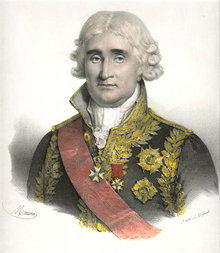 Jean de Cambacérès
Jean de Cambacérès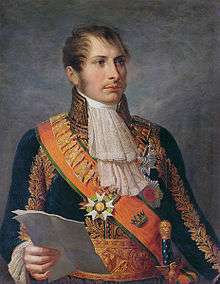 Eugène de Beauharnais
Eugène de Beauharnais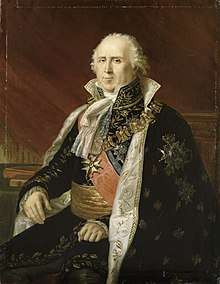 Charles-François Lebrun
Charles-François Lebrun Joseph Bonaparte
Joseph Bonaparte Louis Bonaparte
Louis Bonaparte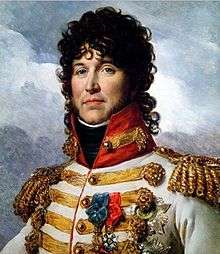 Joachim Murat
Joachim Murat.jpg) Joseph Fesch
Joseph Fesch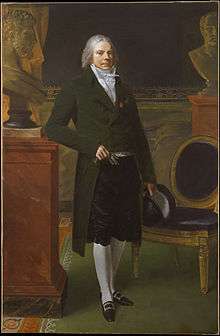 Charles Maurice de Talleyrand-Périgord
Charles Maurice de Talleyrand-Périgord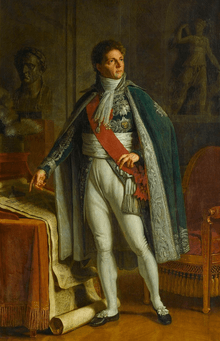 Louis-Alexandre Berthier
Louis-Alexandre Berthier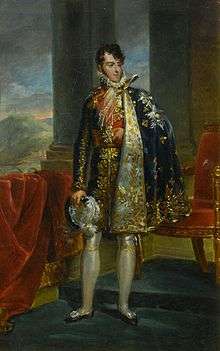 Camillo Borghese
Camillo Borghese Elisa Bonaparte
Elisa Bonaparte
References
- H. A. L. Fisher, "The French Dependencies and Switzerland", in A. Ward et al. (eds.), Cambridge Modern History, IX: Napoleon (Cambridge, 1934), p. 399.
- Jackson-Laufer, Guida Myrl:Women Rulers Throughout the Ages: An Illustrated Guide, ABC-CLIO, 1999, ISBN 978-1-57607-091-8, p 142
Bibliography
- Nicole Gotteri (1990). Grands Dignitaires, Ministres et Grands Officiers du Premier Empire (in French). Nouvelles Éditions Latines. ISBN 2-7233-0411-6.
- Jean F. Tulard (1989). Dictionnaire Napoléon (in French). French & European Publications, Incorporated. ISBN 0-8288-2491-6.
- Guida Myrl Jackson-Laufer (1999). Women Rulers Throughout the Ages: An Illustrated Guide. ABC-CLIO. ISBN 978-1-57607-091-8.